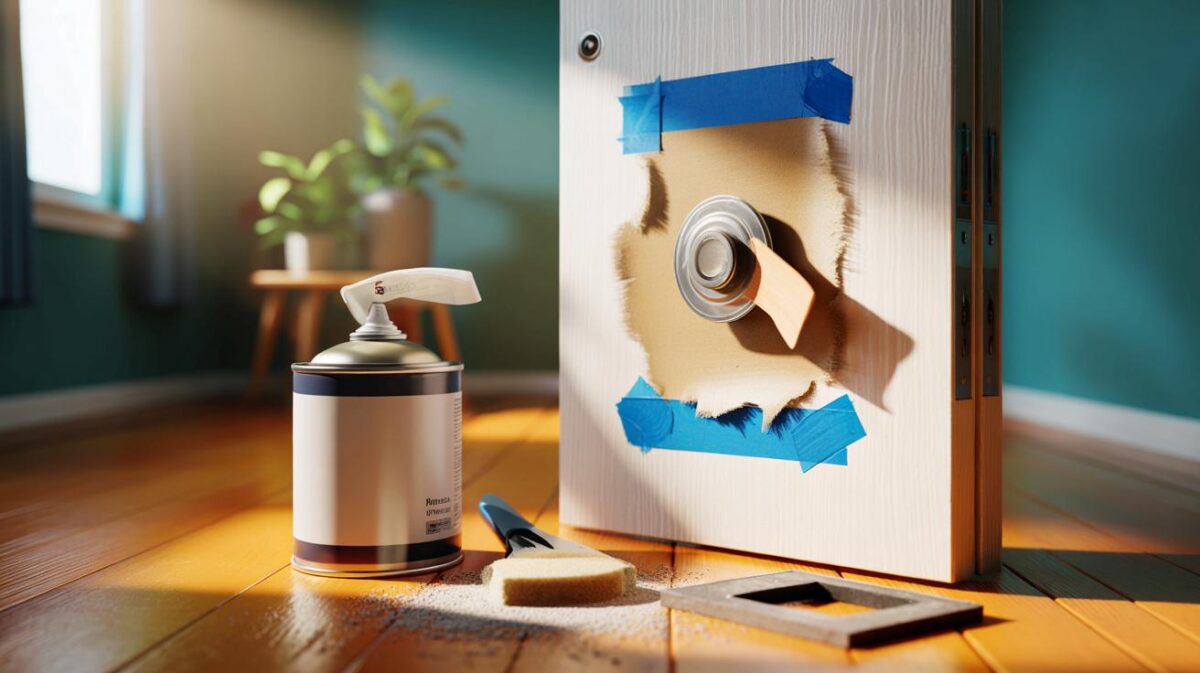The kitchen smells like lemons and effort. Still, there’s a quiet corner of the sink that keeps a secret bigger than a sticky chopping board. We’ve all had that moment when the place looks spotless, yet something feels off. The mystery is smaller than you think, and it sits right where the water meets the air.
I watched the Sunday light bounce off the chrome tap as the kettle sang and the radio chattered about rain. The sink was fresh, cloth rinsed, hands scrubbed, the works. Then I turned the tap and saw it: a fine mist fanning out, catching the light like glitter. Pretty, until I noticed a faint metallic smell and a ring of limescale around the base like a stuck wedding band. I twisted the little aerator head—reluctant, gritty—and a slick film winked back from the mesh. I rinsed, wiped, sighed. The mist kept coming. The mugs were in the spray. The fruit bowl too. Something didn’t add up. It was the tap.
The clean-looking culprit at the heart of your sink
That tiny mesh on your tap—the aerator—is a magnet for biofilm. It takes water, air, warmth, and a pinch of limescale, then builds a cosy village for microbes. It looks pristine from a step back. Up close, it traps leftovers from pasta water, tea tannins, and stray soap. The moment you open the tap, droplets break free and drift across the sink like invisible confetti. **Every splash is a delivery route.**
A home test brought it to life for me. I swabbed three spots: the chopping board, the fridge handle, and the tap’s aerator. The lab report didn’t point at the usual suspects. The mesh won, by a street. Not just because it’s damp, but because it collects nutrients and limescale that make a sticky base camp. Think of it as a sponge you never squeeze. It sheds tiny passengers onto anything within the splash zone—glasses, plates, the baby’s beaker drying by the drainer.
Why this bit, more than the bin or the sponge holder? The aerator’s honeycomb sits in the perfect microclimate: warm flows, pauses between use, and micro-grooves you can’t reach with a cloth. Add hard water, and you get crust that hides life underneath. The turbulence when you turn the tap creates aerosols that travel far beyond the stream. **The clean look tricks the eye; the physics does the rest.**
How to deep-clean the aerator in ten calm minutes
Twist off the aerator by hand or wrap a cloth round the head and use pliers with a light touch. Note the order of the bits: outer ring, mesh, little gasket. Soak them in warm white vinegar for 20–30 minutes to melt limescale. Brush with a soft toothbrush, rinse, then dip in a mild disinfectant solution for one minute. Rinse again with hot water. Flush the tap for 60 seconds before reassembling. Run it for another 30 seconds at the end.
Clean the base of the tap while the aerator soaks. A paste of bicarbonate of soda and a few drops of washing-up liquid lifts the grime ring at the foot. Work gently around the seam where the tap meets the sink. Don’t forget the overflow hole and the soap pump nozzle; both sit in the spray and collect the same film. Let’s be honest: nobody really does that every day. Once a fortnight is already a small victory.
Most people only wipe the spout, then wonder why the smell lingers. It’s not you—it’s the mesh and the hidden threads of biofilm at the base. If your tap has a pull-out spray, pop the head off and treat it the same way. The water that touches your glass goes through that pathway first.
“Taps don’t just deliver water; they deliver whatever is living on and inside them,” says an environmental health officer I spoke to. “The aerator is the bit that decides what goes with the flow.”
- Soak parts in warm white vinegar to lift scale, then disinfect and rinse.
- Flush the tap before and after reassembly for at least 30–60 seconds.
- Brush the base and overflow; both sit inside the splash zone.
- Aim for a quick clean every 1–2 weeks, and a full soak monthly.
Rethinking the splash zone
Once you see the spray, you can’t unsee it. The splash zone reaches beyond the bowl, grazing tea towels, the drying rack, and the favourite mug that lives by the kettle. Move what you can a hand’s width away from the spout. Rotate the tea towel more often on heavy cooking days. Rinse fruit and salad after you’ve cleaned the tap, not before. **Small shifts in the choreography make a big difference.**
| Key points | Detail | Reader benefit |
|---|---|---|
| — | — | — |
| — | — | — |
| — | — | — |
FAQ :
- How often should I clean the tap aerator?Give it a quick rinse and brush every 1–2 weeks, with a proper soak and disinfect once a month. In hard-water areas, lean weekly.
- Is hot water enough to clean the mesh?Hot water helps, but it won’t strip limescale or biofilm. Use warm white vinegar for scale, then a mild disinfectant, then rinse well.
- Will vinegar damage my tap?Short soaks are fine for most chrome and stainless steel. Keep vinegar away from natural stone worktops, and don’t soak nickel or brass for long. Rinse parts thoroughly.
- What if my aerator won’t unscrew?Wrap a rubber glove round the head for grip. If it’s seized with scale, apply a warm vinegar-soaked cloth for 10 minutes, then try again with gentle pliers.
- Do filters or boiling the kettle solve the germ issue?Filters don’t clean the mesh itself, and boiling doesn’t touch the aerator. You still need to clean where water and air first meet.









